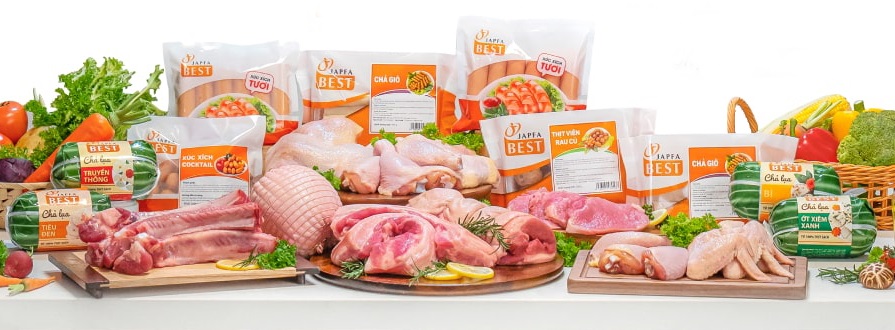Fresh or frozen in Vietnam
Consumers in Vietnam prefer fresh meat and expect it to be slaughtered at night and sold in the morning, just like at the wet market. Rico Rizki Aji says, “Some people still associate factory-processed chickens with chemicals, so it is important to demonstrate our processing plant’s controlled environment, as well as its excellent hygiene and have no secrets. Consumers must understand that technology is beneficial to meat safety and quality. Only then industrially processed meat will be fully accepted.” Vietnamese consumers can buy chicken in supermarkets, wet markets or Japfa Best shops. “Japfa Best is our brand name in the market. In Ho Chi Minh City, we have 40 Japfa Best stores. We also sell Japfa Best to supermarkets and restaurant chains in Vietnam, such as Lotteria. We are currently negotiating with Jollibee and McDonald’s.”
Broilers and native birds
Vietnam’s colored ‘backyard’ native birds have a longer body and longer legs than regular broilers. They have different colored feathers. Japfa also processes these traditional chickens, so the processing line had to be configured for both species. “Usually, we start the day with broilers, and then we change to native birds, which we process traditionally hofo [headon feet-on]. We have to re-adjust some machines due to the different size and weight of both species. We reset the scalder temperature and the pluckers, as well as the eviscerator. Marel’s Nuova eviscerates both species very well. When changing flocks, we only need to make some minor adjustments. The other machines can keep their settings, but we halve the speed to 3,000 bph [50 bpm].”





